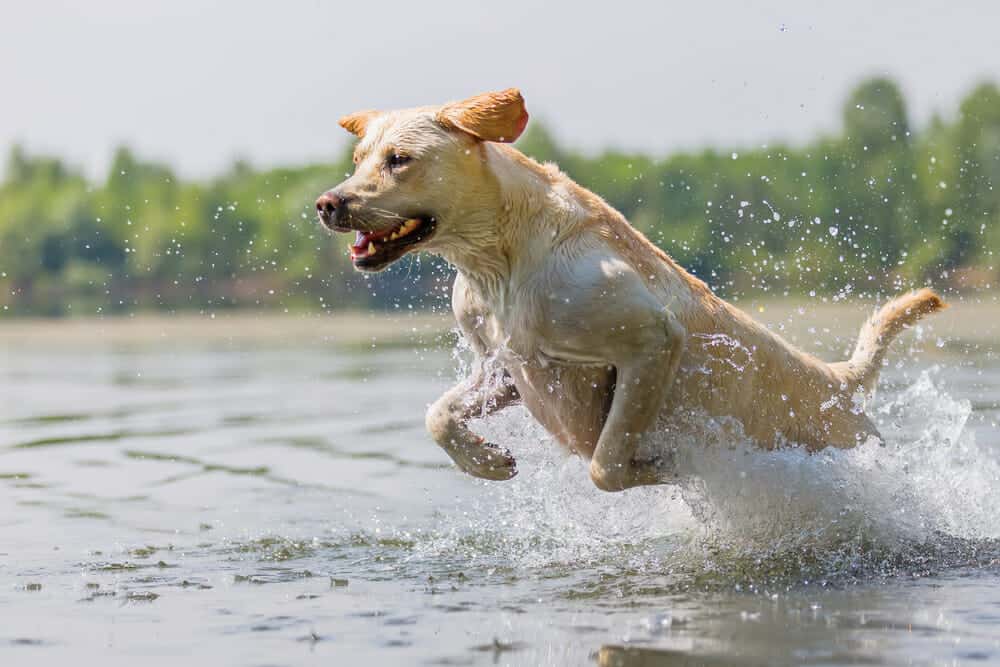

Want to improve water quality on your lake? Why not prevent overland flooding and erosion and help your forests at the same time? Here are 6 simple things you can do at the cottage to be a hero.
1. Never put soap in the lake.
Soaps add phosphorus to the water, which, along with fertilizers and poorly maintained septic systems, can lead to excessive plant growth, unhealthy blue-green algae build up in the lake, and poor water quality for aquatic life. Even if the soap is phosphate free and biodegradable, this is still a no-no (biodegradable means it biodegrades in soil). Love bathing en plein air? We get it. Add building an outdoor shower that is plumbed into your septic system onto your project list for the summer.
2. Make sure your septic system is up to sniff, er, snuff.
You can avoid contaminating groundwater and nearby lakes and rivers by getting your septic inspected regularly (check with your municipality for your local requirements), and pumped out every 3-5 years. Talk to your cottage association about organizing a group pump-out for reduced price and to get more cottagers onboard. If you’re hosting a party or a crowd, don’t overwhelm your system—rent a portable for the weekend. Many companies now offer upscale versions with running water.
3. Poop and scoop.
At the lake? Yes, at the lake. Pollution from dog duty has been identified in many areas as a major source of water contamination that is harmful for dogs, people, and wildlife—its phosphorus content contributes to blue-green algae growth and the E. coli it carries can […]
Full article: 6 ways to protect your lake’s water quality
Clean water is essential for life, yet millions of Americans unknowingly consume contaminants through their…
Human brains contain higher concentrations of microplastics than other organs, according to a new study, and the…
From the Office of the Governor: In anticipation of a multi-day, significant atmospheric river in Northern California,…
From Governor Newsom: Scientists, water managers, state leaders, and experts throughout the state are calling…
Photo: A harmful algal bloom in Milford Lake, Kansas, made the water appear bright green.…
An expanded plastic foam coffee cup is at a donut shop in Monterey Park, California.…